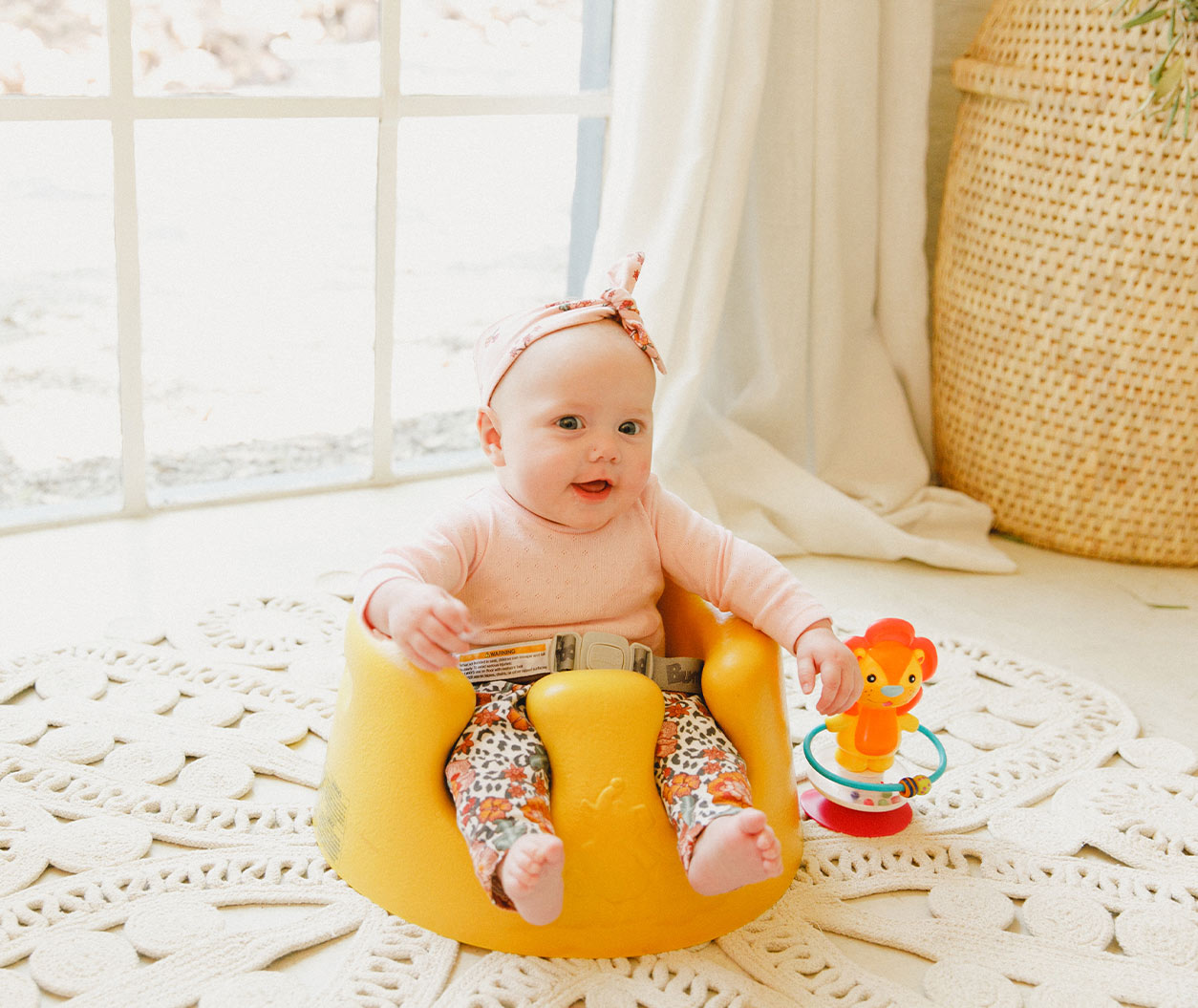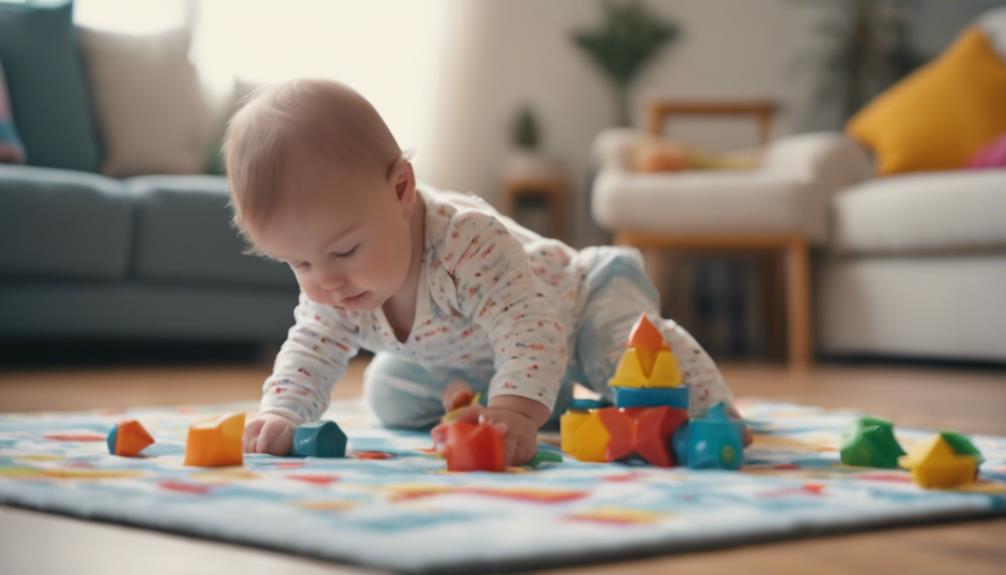Teaching your baby to sit up independently is a significant milestone in their development. It enhances their ability to explore the world around them and lays the foundation for future motor skills. This guide provides a comprehensive, step-by-step approach to help your baby achieve this important skill.
Understanding the Sitting Milestone
Babies typically begin to sit with support between 4 to 6 months of age. By 7 to 9 months, many can sit independently. It’s essential to remember that each baby develops at their own pace. If your baby isn’t sitting by 9 months, consult your pediatrician.
Step-by-Step Guide to Teaching Your Baby to Sit Up
- Encourage Tummy Time
Tummy time strengthens the neck, shoulder, and back muscles, which are crucial for sitting.
- Start Early: Begin tummy time from birth, placing your baby on their stomach for short periods while awake.
- Increase Duration: Gradually increase the time as your baby becomes more comfortable.
- Use Toys: Place toys within reach to motivate your baby to lift their head and engage their muscles.
- Practice the Tripod Position
The tripod position involves your baby sitting while leaning forward, using their hands for support.
- Positioning: Sit your baby on the floor with legs apart and hands on the ground between their legs.
- Support: Stay close to prevent falls and provide gentle support as needed.
- Engagement: Place a toy in front to encourage them to maintain the position.
- Use Supportive Props
Props can provide the necessary support as your baby learns to balance.
- Pillows: Place pillows around your baby to cushion any falls.
- Boppy Pillow: Use a Boppy or similar pillow to support your baby’s back and sides.
- Avoid Prolonged Use: Ensure that props are used for short periods to allow your baby to develop their own strength.
- Sit Together
Your presence can provide both support and motivation.
- Lap Sitting: Sit on the floor with your baby between your legs, offering support as they practice sitting.
- Interactive Play: Engage in activities like reading or playing with toys to make the experience enjoyable.
- Encourage Reaching and Pivoting
These activities enhance balance and core strength.
- Toy Placement: Place toys slightly out of reach to encourage your baby to lean and reach.
- Safe Environment: Ensure the area is safe and free from hazards as your baby moves.
- Limit Time in Baby Gear
While baby seats and swings are convenient, excessive use can hinder muscle development.
- Moderation: Use such equipment sparingly and prioritize floor time.
- Active Play: Encourage activities that promote movement and muscle engagement.
- Be Patient and Observant
Every baby is unique, and progress may vary.
- Celebrate Small Wins: Acknowledge and encourage each attempt your baby makes.
- Monitor Progress: Keep track of improvements and consult your pediatrician if you have concerns.
Safety Tips
- Supervision: Always supervise your baby during practice sessions.
- Safe Environment: Ensure the area is free from sharp objects and hard surfaces.
- Comfortable Clothing: Dress your baby in comfortable clothes that allow free movement.
When to Seek Professional Advice
If your baby isn’t showing signs of sitting by 9 months or if you notice any muscle stiffness or weakness, consult your pediatrician. Early intervention can address potential developmental delays.
Final Thoughts
Teaching your baby to sit up independently is a rewarding journey that requires patience, encouragement, and consistent practice. By following these steps and providing a supportive environment, you’ll help your baby achieve this important developmental milestone.





